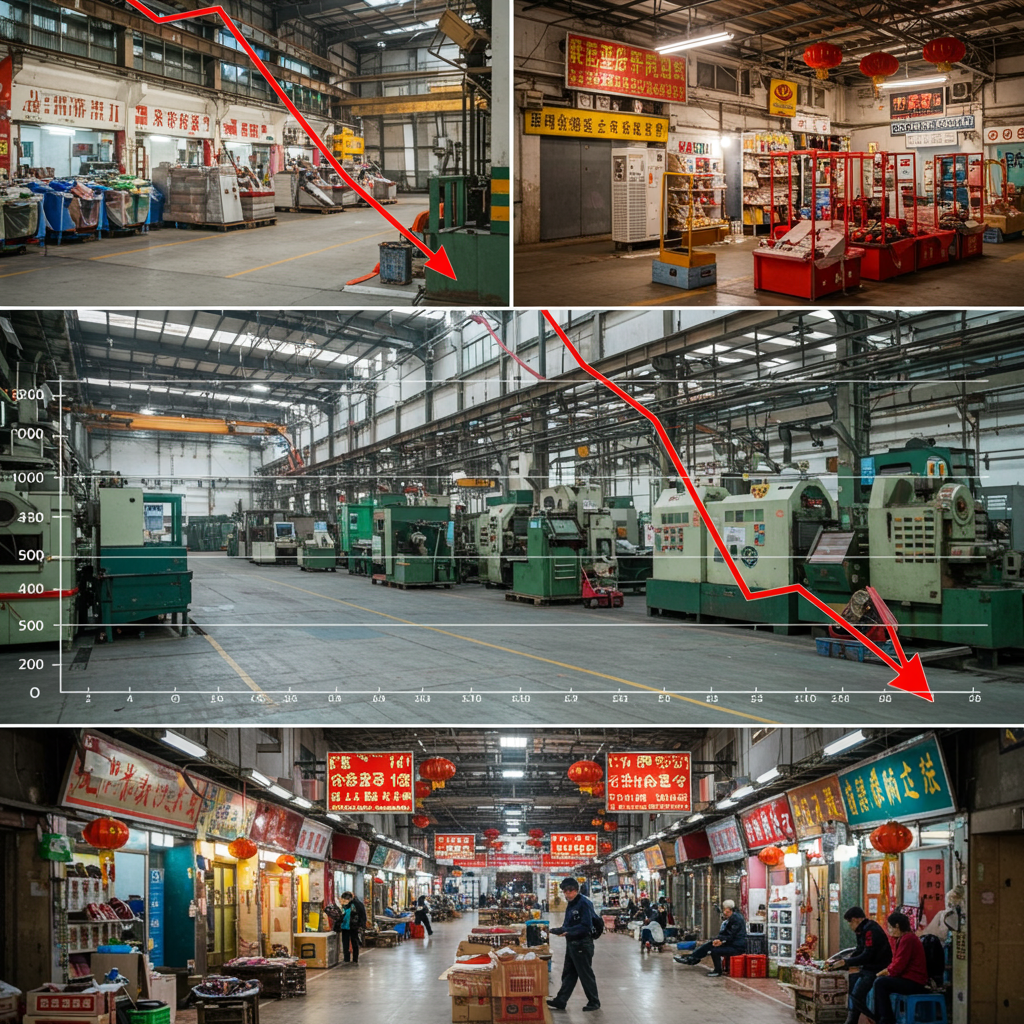The narrative around career advancement has shifted dramatically. For years, conventional wisdom – and data – pointed to job hopping as the fastest route to a significant salary increase and career progression. The “Great Resignation” saw millions leverage a tight labor market, quitting for higher pay and better opportunities elsewhere.
But the script has flipped. A surprising new trend, dubbed “The Big Stay,” reveals that sticking with your current employer is now proving more beneficial for boosting your paycheck than jumping ship. This marks a rare turn in the labor market landscape, particularly compared to the recent past.
The Numbers Don’t Lie: Stayers Outpace Switchers
Analysis from the Federal Reserve Bank of Atlanta highlights this striking reversal. Since February, median wage growth for employees who stayed at their jobs across all industries has surpassed that for those who switched employers. This hasn’t occurred for a sustained period since 2009, making it an “extremely rare event.”
Contrast this with July 2022, when job switchers enjoyed a robust 8.5% year-over-year wage growth, significantly outpacing the 5.9% seen by stayers. The pendulum has clearly swung.
Why is Staying Now More Rewarding?
This shift is largely a consequence of companies becoming more cautious and hesitant about hiring. As a result, they are less pressured to offer substantial pay premiums or sign-on bonuses to attract new talent. The leverage job seekers once held has diminished.
White-collar sectors, in particular, are seeing strong wage benefits for those who remain. Industries like information and professional and business services recorded significant year-over-year increases in average hourly earnings. White-collar workers who’ve stayed put are often benefiting from stable employment (low layoffs) and healthy pay bumps within their existing roles. Those who capitalized on the earlier market by switching during the peak of the Great Resignation and remained in their new roles may have also locked in higher salaries then.
The Tough Landscape for Job Seekers
While staying put is currently favored, the flip side is a challenging environment for those actively seeking new employment, especially in white-collar fields. The US business hiring rate is near its lowest point in a decade (excluding the brief pandemic dip). Employers are often running leaner operations, relying more heavily on their established workforce. The reluctance of current employees to leave also naturally reduces the pool of available job openings.
Economists confirm it’s simply tougher to land a new job right now. Competition is high, intensified by more college graduates entering the market and factors like economic uncertainty. This difficult market is forcing job seekers to lower their expectations regarding both pay and seniority. Data shows a rising percentage of workers accepting lower-paid roles when switching, partly due to involuntary layoffs forcing them to take available positions. Acceptable minimum wages for new jobs have also seen a notable decline.
The Historical Context: When Job Hopping Paid Off
This current situation stands in stark contrast to the common wisdom of the past decade. Traditionally, frequently changing jobs – or “job hopping” – was often viewed negatively, sometimes even with a stigma. However, this perception began to fade, particularly after the 1980s when mass layoffs eroded traditional company loyalty. Workers realized they needed to manage their own careers, and switching jobs became a primary strategy for faster progression, gaining diverse skills, and securing higher pay.
Indeed, research from recent years (before the current shift) often showed job switchers consistently earning higher wage increases than those who stayed put. For many, it was seen as the most straightforward way to instantly align their salary with market rates, rather than waiting for potentially smaller annual raises.
Navigating the Modern Market: To Stay or To Go?
So, in this “Big Stay” era, when does switching still make sense? Experts suggest it’s most advisable if a new role represents a significant career advancement with a clear, healthy salary increase that justifies the move in the current climate. Otherwise, the market is currently rewarding loyalty with decent pay increases.
However, it’s also important to remember that career decisions aren’t only about immediate wage growth. Personal factors like burnout, a desire for a different type of work, poor work-life balance, feeling like a small cog, or simply a loss of interest can eventually make staying undesirable, regardless of pay increases. Successfully making a change, especially a significant pivot or in a tough market, often requires financial preparedness and the willingness to potentially accept less pay initially to gain new experience.
For the foreseeable future, the “Big Stay” trend appears likely to continue, benefiting established employees who remain with their companies and potentially presenting challenges for those looking to enter the market or make frequent changes. Understanding this dynamic is crucial for making informed career decisions today.




